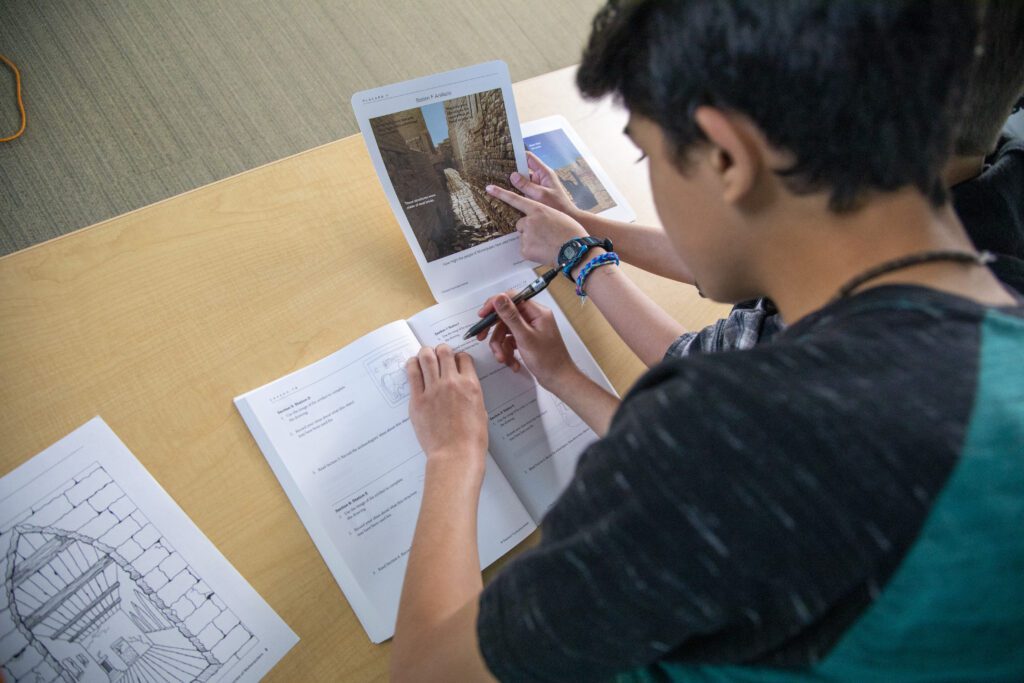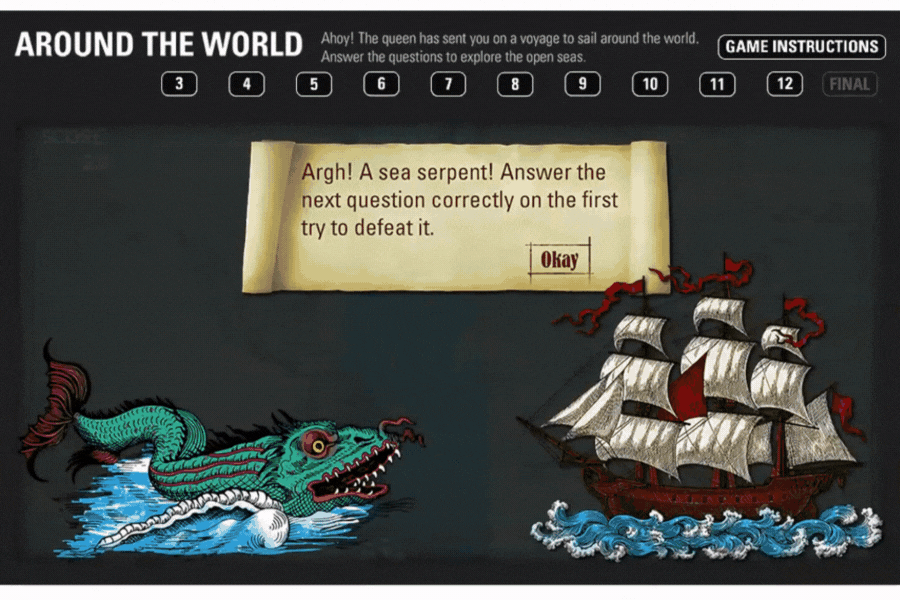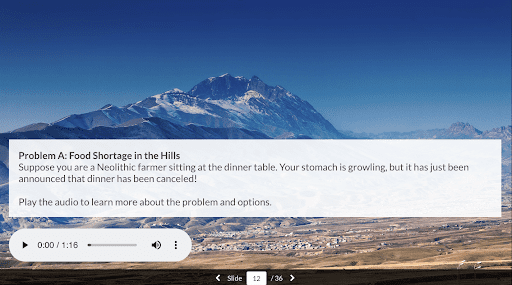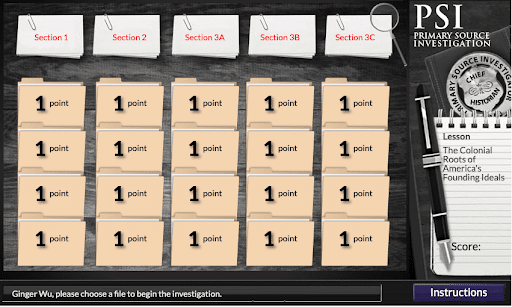The Rise of Sumerian City-States
Students take on the roles of ancient Mesopotamians facing a series of problems. For each problem, students learn about the issue, propose a solution, and then read to find out how Mesopotamians responded to the problem.
This activity leverages the Response Group teaching strategy, which challenges students to discuss complex issues in small groups.






